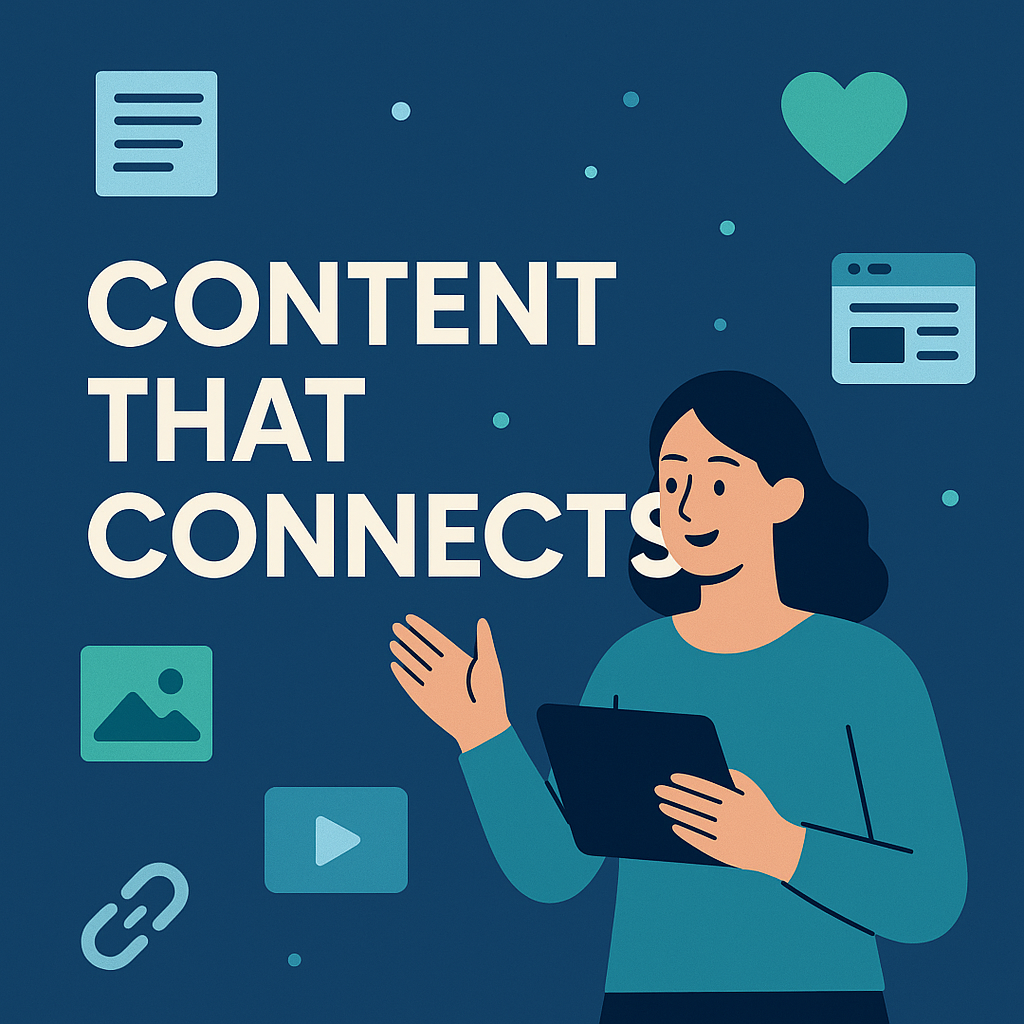It’s 2025. We have AI-generated books, viral TikToks made from memes, and open-access science journals. But despite all the innovation, some copyright myths just won’t die.
From creators on social media to educators and marketers, many people still misunderstand how copyright works, which can lead to unintentional infringement or missed opportunities.
Why Copyright Misconceptions Still Spread
Copyright laws can be confusing. They vary by country, evolve, and are full of grey areas (like “fair use”).
Add to that the internet’s copy-paste culture and the rise of AI tools, and it’s no wonder myths are everywhere. Even smart professionals often get it wrong, not out of bad faith, but because misinformation spreads faster than facts.
Let’s fix that.
10 Copyright Myths That Refuse to Die (Even in 2025)
Here’s a breakdown of the most common myths — and what’s true.
| Myth | Reality |
|---|---|
| “If it’s online, it’s free to use.” | No. Copyright applies the moment a work is created, whether it’s posted online or not. You still need permission unless there’s a license. |
| “I gave credit, so I’m fine.” | Attribution alone does not make unauthorized use legal. You need the creator’s permission or a license that allows use with credit. |
| “Educational use is always fair use.” | Not always. Fair use depends on context — how much you use, whether it’s transformative, and if it affects the market value of the original. |
| “If I change it 30%, it’s legal.” | There’s no legal threshold for how much you must alter something. Substantial similarity still counts as infringement. |
| “Non-commercial = safe.” | Even non-commercial use can infringe copyright if it violates the creator’s exclusive rights. Intent doesn’t eliminate risk. |
| “It’s OK if I’m not making money from it.” | Profit doesn’t determine legality. Infringement is about unauthorized use, not monetization. |
| “If I found it on Google Images, I can use it.” | Search engines show content, but they don’t grant rights. You need to check licenses or use verified free image sources. |
| “AI-generated content is copyright-free.” | This is a legal grey area. Depending on how AI was trained and used, rights may belong to the creator, the platform, or no one. Always read the platform’s terms. |
| “If I bought it, I can do whatever I want with it.” | Buying a copy (like a photo or ebook) doesn’t transfer the copyright. You can use it personally, not for reproduction or resale. |
| “I’m too small — no one will notice.” | Copyright bots, lawyers, and platforms *will* notice. Even small creators get takedown notices or legal threats. Don’t risk it. |
Why These Myths Persist — and How to Protect Yourself
Misinformation thrives because copyright is complex. And let’s face it — we live in a remix culture where everyone copies something.
But staying compliant doesn’t mean you have to stop creating. It just means you need to:
- Use content from trusted, licensed sources (e.g., Creative Commons, stock sites, original work)
- Understand basic legal principles — especially “fair use” and “transformative use”
- Read the terms of service on platforms that generate or distribute content
- Don’t assume — check rights first
Education is the best protection. And when in doubt, create your content or get proper permission.
Practical Tips to Stay Safe and Create Freely
You don’t have to be a lawyer to stay compliant. Just follow these steps:
✅ Use Trusted Sources
Public domain platforms: Project Gutenberg, Openverse
Free stock image sites: Pexels, Unsplash
Music & sound: Free Music Archive, YouTube Audio Library
✅ Always Attribute (When Required)
Even with Creative Commons, attribution is usually required. Use a clear format:
“Photo by Jane Smith, licensed under CC BY 4.0”
✅ Read Before You Download
Many platforms (like Canva or Envato) include licenses, but they’re not all the same. Read them.
✅ Keep Proof
If you’re using licensed assets, save screenshots or receipts — just in case.
✅ Know When to Ask Permission
If in doubt — ask. Most creators will gladly let you use their work if you credit them and link back.
Creating Legally = Creating Confidently
Copyright doesn’t have to be scary, and following it doesn’t mean limiting your creativity. On the contrary, understanding your rights (and the rights of others) gives you the freedom to create boldly and ethically.
By debunking these outdated myths, you protect yourself and model good digital citizenship for your audience.
So let’s leave the misinformation behind — and make 2025 the year of smart, respectful, and empowered creativity.
